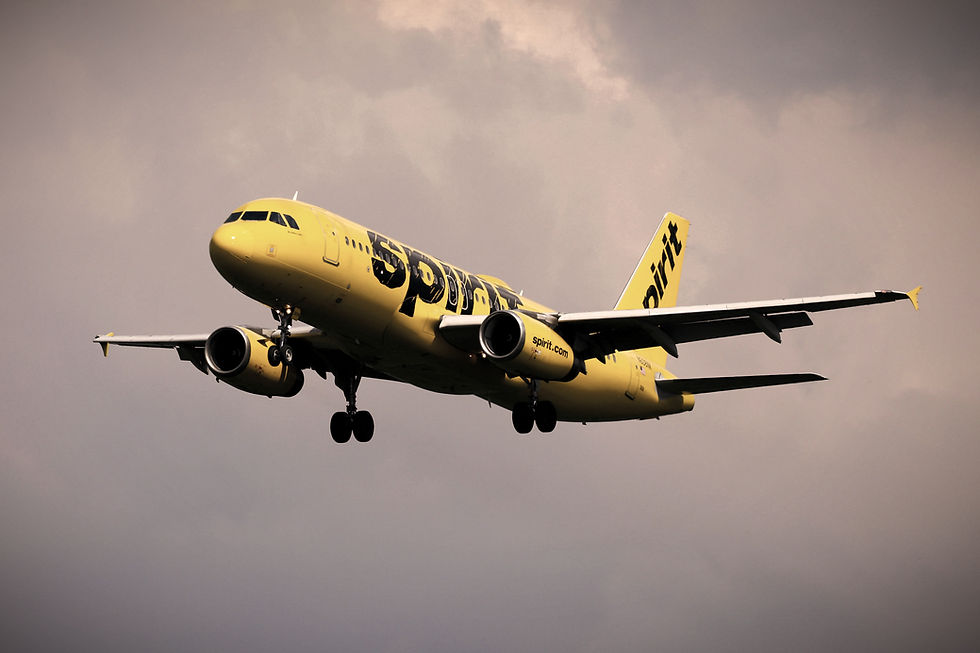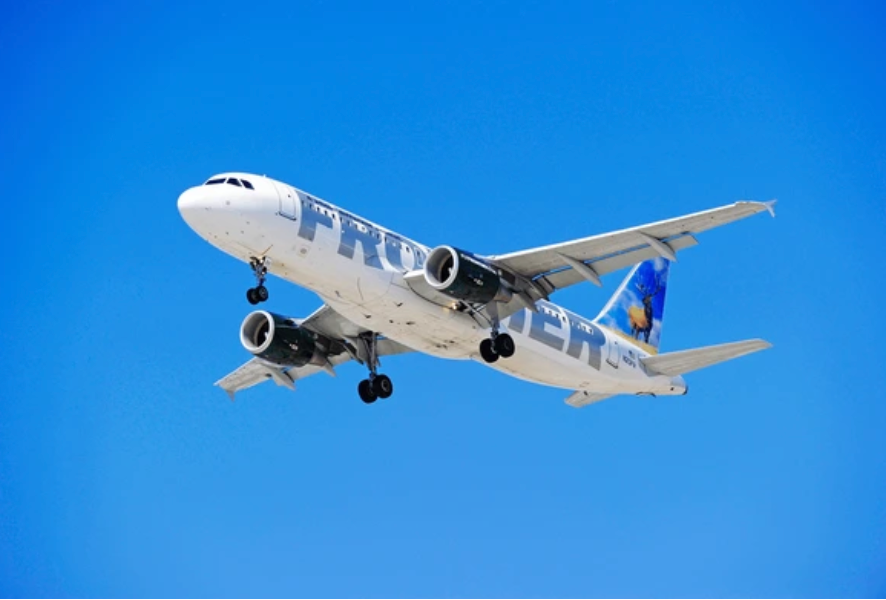Turbulence Ahead? A Fragile Balance: How a Funding Lapse Could Slow Global Aviation
- Vanessa Mariscal

- Sep 29
- 2 min read

When people think of a government shutdown, the image of grounded planes isn’t usually the first thing that comes to mind. But for airlines and the entire aviation ecosystem, the warning lights are already flashing red.
This week, major U.S. carriers, represented by Airlines for America—including Delta, United, American, and Southwest—sounded the alarm: if government funding lapses, the aviation system could face an unprecedented slowdown. Not because planes won’t fly, but because the critical backbone of the system—air traffic controllers, safety inspectors, and TSA officers—could be working without pay. At the same time, essential support functions grind to a halt.
A Fragile Balance in the Skies
Unlike other industries, aviation runs on a razor-thin balance of timing and coordination. Even the smallest disruption has ripple effects that can stretch across continents. Imagine: fewer staff to process safety certifications, delayed aircraft inspections, or a shortage of controllers managing already congested skies. That’s not just an inconvenience—it’s a potential bottleneck for the entire global travel network.
For airlines, efficiency is currency. A funding lapse doesn’t just mean longer TSA lines or cranky passengers at the gate; it translates into higher operating costs, disrupted schedules, and strained relationships with both corporate clients and leisure travelers.
A Global Domino Effect
The U.S. remains one of the world’s most critical aviation hubs. A slowdown in New York, Atlanta, or Dallas doesn’t stay local—it cascades through Europe, Latin America, and Asia as flights misalign with connections and crew rotations. For destinations like the Caribbean or Mexico that rely heavily on U.S. inbound travel, the consequences could be immediate: reduced arrivals, lower hotel occupancy, and mounting uncertainty in high season.
What the Industry Should Be Asking
How resilient are airlines’ contingency plans in the face of systemic disruption?
Can technology and automation bridge the gap if government functions stall?
Will carriers take proactive steps—like adjusting schedules or reallocating resources—to preserve customer confidence?
And, perhaps most critically: how can the industry advocate for stability when political gridlock puts billions of dollars and millions of passengers at risk?
Looking Ahead
The aviation industry has weathered crises before—from 9/11 to COVID-19—and each one reshaped the way airlines operate. A prolonged government funding lapse could be another inflection point, forcing airlines, regulators, and stakeholders to rethink how resilient the system really is.
For now, the message from airlines is clear: turbulence is coming, not from the weather, but from Washington.




Comments